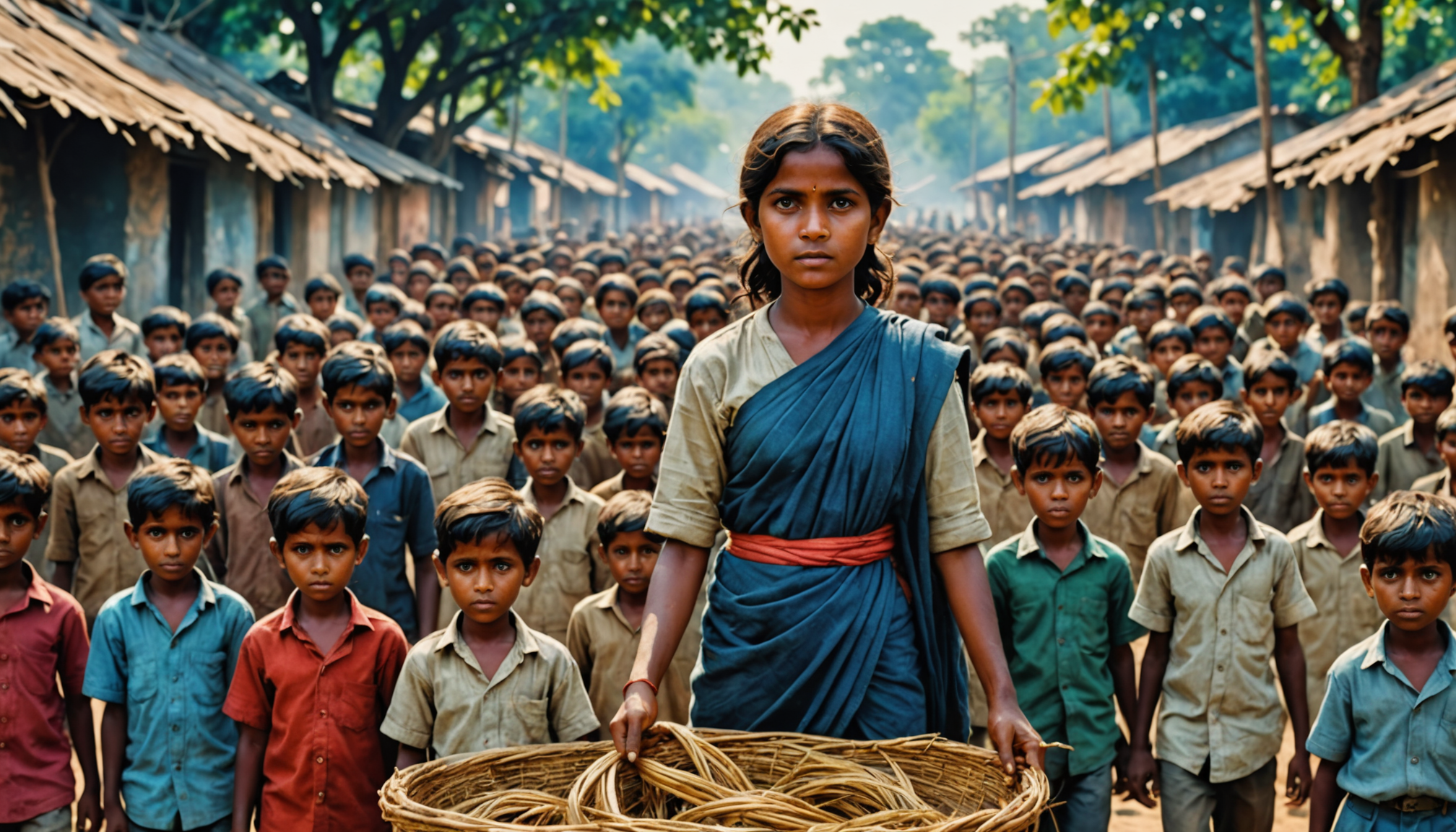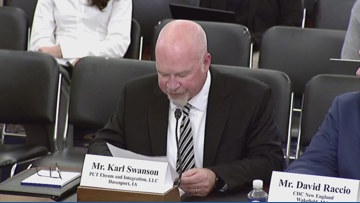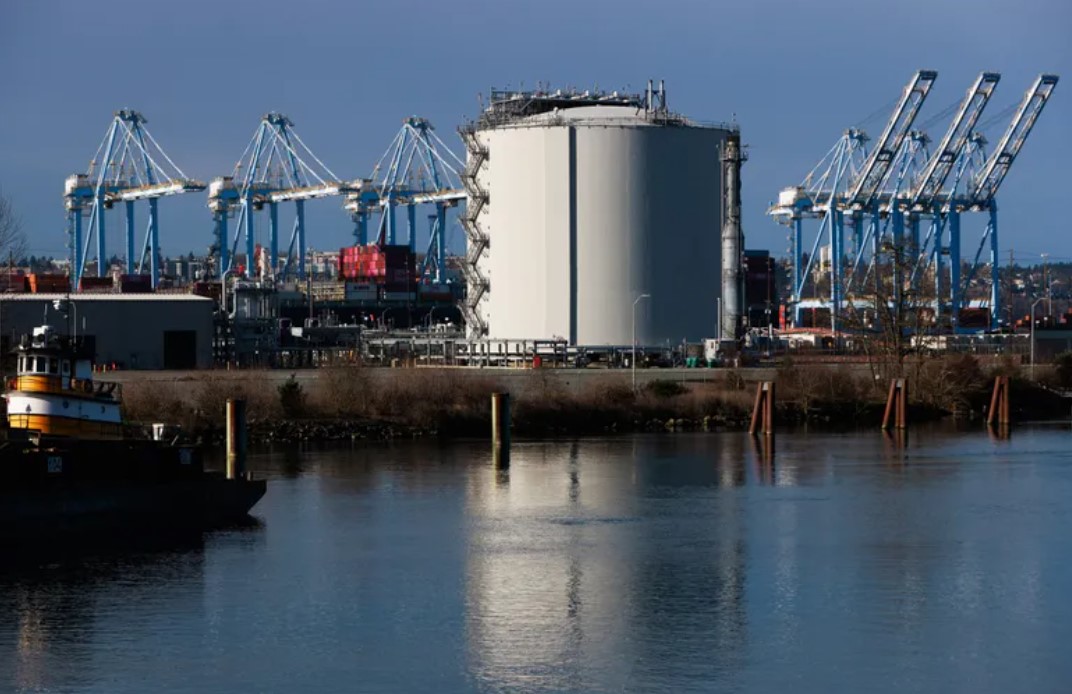
Report on Child Labour Rescue Operations in India: Emphasizing Sustainable Development Goals
Overview of Rescue Operations and Findings
In the past year, a total of 53,651 children were rescued from child labour, trafficking, and kidnapping across India. Nearly 90% of these children were found in sectors classified as the worst forms of child labour. This data is presented in a recent report by the Centre for Legal Action and Behaviour Change (C-LAB), an initiative under India Child Protection. The report, titled “Building the Case for Zero: How Prosecution Acts as a Tipping Point to End Child Labour”, highlights the scale of the crisis and the crucial role of prosecution in addressing these violations.
Data Collection and Geographic Reach
The data was compiled from April 1, 2024, to March 31, 2025, based on rescue operations conducted by over 250 partner NGOs. These NGOs operate under the flagship ‘Access to Justice for Children’ programme, part of the civil society alliance Just Rights for Children (JRC). Rescue operations took place across 418 districts in 24 states and Union Territories, in close collaboration with law enforcement agencies.
Key Statistics from Rescue Operations
- 38,388 rescue operations were conducted.
- An equal number of First Information Reports (FIRs) were registered.
- 5,809 arrests were made, with 85% linked to child labour cases.
State-wise Highlights
- Telangana: Most proactive state with 7,632 raids and 11,063 children rescued.
- Uttar Pradesh: 2,469 raids conducted.
- Rajasthan: 2,453 raids conducted.
- Madhya Pradesh: 2,335 raids conducted.
- Delhi: 2,588 children rescued, ranking among the top five states.
Nature of Exploitation and Sectors Involved
Most rescued children were engaged in hazardous and exploitative sectors including spas, massage parlours, orchestras, and industries linked to prostitution, pornography, and sexual exploitation. Specifically, 2,971 children were rescued from sexual exploitation. The states with the highest numbers in this category were:
- West Bengal: 1,005 children
- Bihar: 454 children
- Odisha: 232 children
Alignment with Sustainable Development Goals (SDGs)
SDG Target 8.7: Ending Child Labour
India is a signatory to United Nations Sustainable Development Goal (SDG) Target 8.7, which aims to end all forms of child labour by 2025. However, the report underscores that both India and the global community are falling short of this target. According to an International Labour Organisation (ILO) report released earlier in 2024, 138 million children worldwide are engaged in child labour, with 54 million involved in hazardous work. This makes SDG Target 8.7 the first target expected to be missed globally.
Role of the ‘Access to Justice for Children’ Programme
The programme represents one of India’s largest civil society interventions addressing child labour. Key achievements include:
- Assistance in 38,388 prosecutions related to child trafficking, sexual exploitation, kidnapping for labour, and begging.
- Analysis of 27,320 cases revealed 9,595 FIRs and 6,959 General Diary (GD) entries filed.
- 92% of GD entries were converted into FIRs between 2021 and 2023.
- States such as Telangana, Andhra Pradesh, and Rajasthan achieved 100% conversion rates from GD to FIR.
Challenges and Enforcement Gaps
- Uttar Pradesh, despite high rescue numbers, experienced a drop in GD-to-FIR conversion from 82% to 55%.
- Some states with high rescue figures lagged in making arrests, indicating the need for stronger policing and legal enforcement.
Recommendations for Sustainable Impact and Policy Action
To address enforcement gaps and advance towards the SDGs, the report recommends the following measures:
- Launch a National Mission to End Child Labour.
- Establish district-level child labour task forces.
- Create a dedicated Child Labour Rehabilitation Fund.
- Implement strict, time-bound prosecution processes.
- Develop comprehensive rehabilitation policies for rescued children.
- Formulate state-specific child labour frameworks.
- Extend the SDG 8.7 deadline to 2030 to allow for more effective interventions.
Conclusion
Ravi Kant, National Convener of Just Rights for Children, emphasized at the report’s release that despite government and civil society efforts, the national resolve to eliminate child labour remains incomplete. The alarming number of children engaged in the worst forms of exploitation highlights the urgent need for intensified action aligned with the Sustainable Development Goals.
1. Sustainable Development Goals (SDGs) Addressed in the Article
- SDG 8: Decent Work and Economic Growth
- The article focuses on ending child labour, which directly relates to SDG 8’s aim to promote sustained, inclusive, and sustainable economic growth, full and productive employment, and decent work for all.
- SDG 16: Peace, Justice and Strong Institutions
- The emphasis on prosecution, law enforcement, and justice for children links to SDG 16, which promotes peaceful and inclusive societies, access to justice, and accountable institutions.
- SDG 5: Gender Equality
- The article highlights sexual exploitation and trafficking of children, issues that intersect with gender-based violence and discrimination, relevant to SDG 5.
- SDG 1: No Poverty
- Child labour is often linked to poverty; efforts to eliminate child labour contribute to poverty reduction goals.
2. Specific Targets Under Identified SDGs
- SDG 8 Target 8.7
- “Take immediate and effective measures to eradicate forced labour, end modern slavery and human trafficking and secure the prohibition and elimination of the worst forms of child labour, including recruitment and use of child soldiers, and by 2025 end child labour in all its forms.”
- The article explicitly refers to this target and notes that India is falling short of achieving it by 2025.
- SDG 16 Target 16.3
- “Promote the rule of law at the national and international levels and ensure equal access to justice for all.”
- The article discusses prosecution rates, FIR registrations, and the need for stronger legal enforcement, aligning with this target.
- SDG 5 Target 5.2
- “Eliminate all forms of violence against all women and girls in the public and private spheres, including trafficking and sexual and other types of exploitation.”
- The rescue of children from sexual exploitation and trafficking relates to this target.
- SDG 1 Target 1.2
- “By 2030, reduce at least by half the proportion of men, women and children of all ages living in poverty in all its dimensions according to national definitions.”
- Addressing child labour contributes indirectly to poverty alleviation efforts.
3. Indicators Mentioned or Implied in the Article
- Number of Children Rescued from Child Labour and Exploitation
- The article provides data on 53,651 children rescued, which can serve as an indicator of progress in combating child labour and trafficking.
- Number of Rescue Operations and FIR Registrations
- 38,388 rescue operations and an equal number of FIRs registered indicate enforcement activity levels.
- Arrest Rates Related to Child Labour Cases
- 5,809 arrests with 85% linked to child labour cases serve as an indicator of legal follow-through.
- Conversion Rate of General Diary (GD) Entries to FIRs
- 92% conversion rate overall, with state-specific variations, measures effectiveness of law enforcement procedures.
- Prevalence of Child Labour in Hazardous Sectors
- Data on children rescued from hazardous and exploitative sectors (e.g., spas, sexual exploitation) reflects the extent of worst forms of child labour.
- Geographical Distribution of Cases and Enforcement
- State-wise data on rescues, raids, and arrests (e.g., Telangana, Uttar Pradesh) helps monitor regional progress.
- International Labour Organization (ILO) Estimates
- Reference to global estimates of child labour (138 million children) and hazardous work (54 million children) provides a benchmark indicator.
4. Table: SDGs, Targets and Indicators
| SDGs | Targets | Indicators |
|---|---|---|
| SDG 8: Decent Work and Economic Growth | Target 8.7: End child labour in all its forms by 2025 |
|
| SDG 16: Peace, Justice and Strong Institutions | Target 16.3: Ensure equal access to justice for all |
|
| SDG 5: Gender Equality | Target 5.2: Eliminate violence against women and girls, including trafficking and sexual exploitation |
|
| SDG 1: No Poverty | Target 1.2: Reduce poverty by half by 2030 |
|
Source: tribuneindia.com







